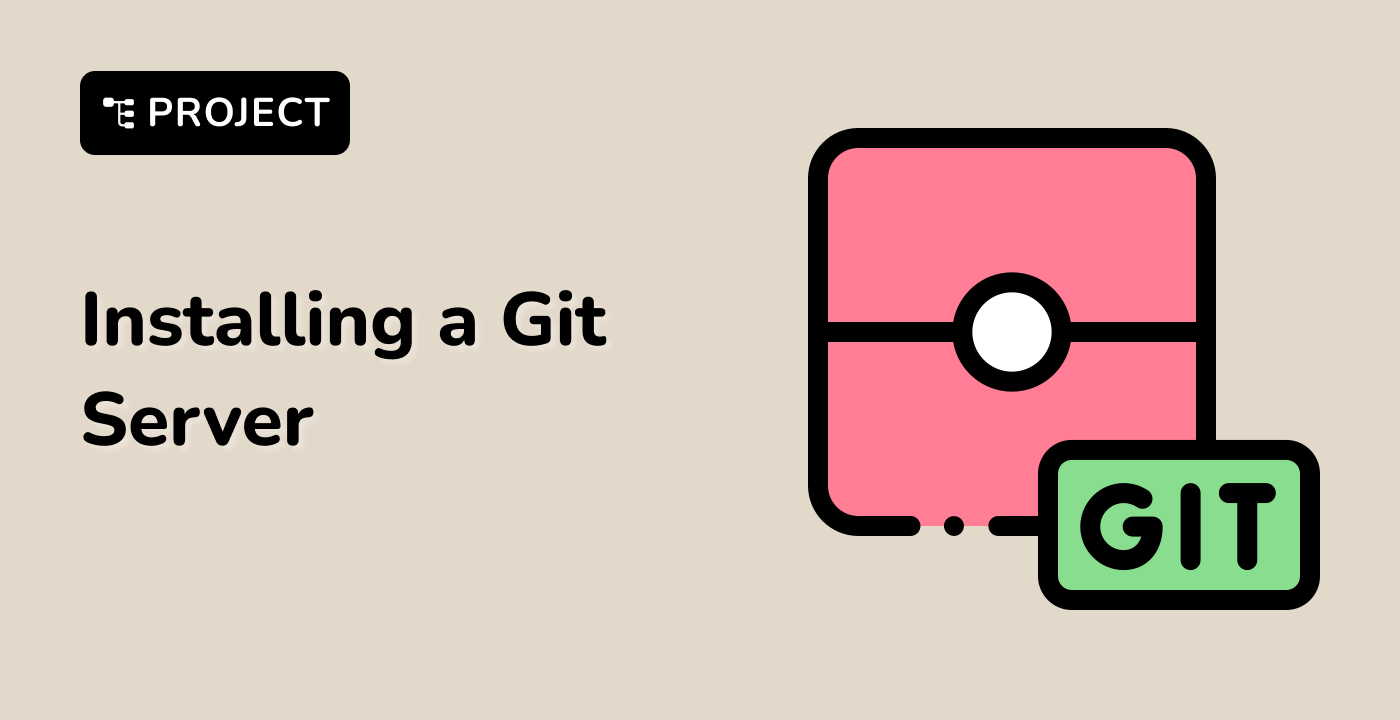Practical Examples and Use Cases
Now that we've covered the basics of git checkout and git switch, let's dive into some practical examples and use cases to help you better understand how to apply these commands in your daily Git workflow.
Switching Branches
Suppose you're working on a new feature and need to switch to a different branch to fix a bug. You can use either git checkout or git switch to accomplish this task.
Using git checkout:
git checkout bug-fix-branch
Using git switch:
git switch bug-fix-branch
Both commands will switch your working directory to the bug-fix-branch branch.
Creating a New Branch
If you need to create a new branch and switch to it, you can use the -c (or --create) option with git switch.
git switch -c new-feature
This command will create a new branch called new-feature and switch to it.
Discarding Local Changes
Suppose you've made some local changes to your codebase, but you need to switch to a different branch. You can use git switch to discard your local changes and switch to the desired branch.
git switch --
This command will discard any local changes and switch back to the previous branch.
Checking Out a Specific Commit
If you need to investigate a bug or explore the codebase at a particular point in time, you can use git checkout to check out a specific commit.
git checkout 123abc
This command will check out the commit with the hash 123abc.
Restoring a File
You can use git checkout to restore a file or set of files to their state in a specific commit or branch.
git checkout -- file.txt
This command will restore the file.txt file to its state in the current branch.
By exploring these practical examples, you should now have a better understanding of how to effectively use git checkout and git switch in your daily Git workflow. Remember, the choice between these two commands often depends on the specific task at hand and your personal preference.




